Mastering your darts grip technique is crucial for consistent accuracy and improved scores. This guide will break down various grip styles, finger placement, and key considerations to help you find the perfect grip for your throwing style, significantly enhancing your dart game. We’ll explore popular techniques, common mistakes, and practice drills to take your darts grip to the next level.
⚠️ Still Using Pen & Paper (or a Chalkboard)?! ⚠️
Step into the future! The Dart Counter App handles all the scoring, suggests checkouts, and tracks your stats automatically. It's easier than you think!
Try the Smart Dart Counter App FREE!Ready for an upgrade? Click above!
Understanding the Importance of Darts Grip Technique
The darts grip technique is the foundation of a consistent throw. It’s the connection between you and the dart, influencing its flight path and ultimately, its landing position. A proper grip promotes control, reduces unnecessary muscle tension, and allows for a smooth, repeatable motion. Experimenting and finding the right grip for *you* is essential, as there’s no one-size-fits-all solution. What works for one player might not work for another. Consider different **darts grip styles** before deciding on the right grip to use in a game. If you are interested in learning to keep score we can show you how with our Dart game scoring app.
Many beginners overlook the significance of grip, focusing solely on their throwing motion. However, a poor grip can sabotage even the most refined throwing technique. Think of it like building a house: a strong foundation (your grip) is necessary to support the structure above (your throw).
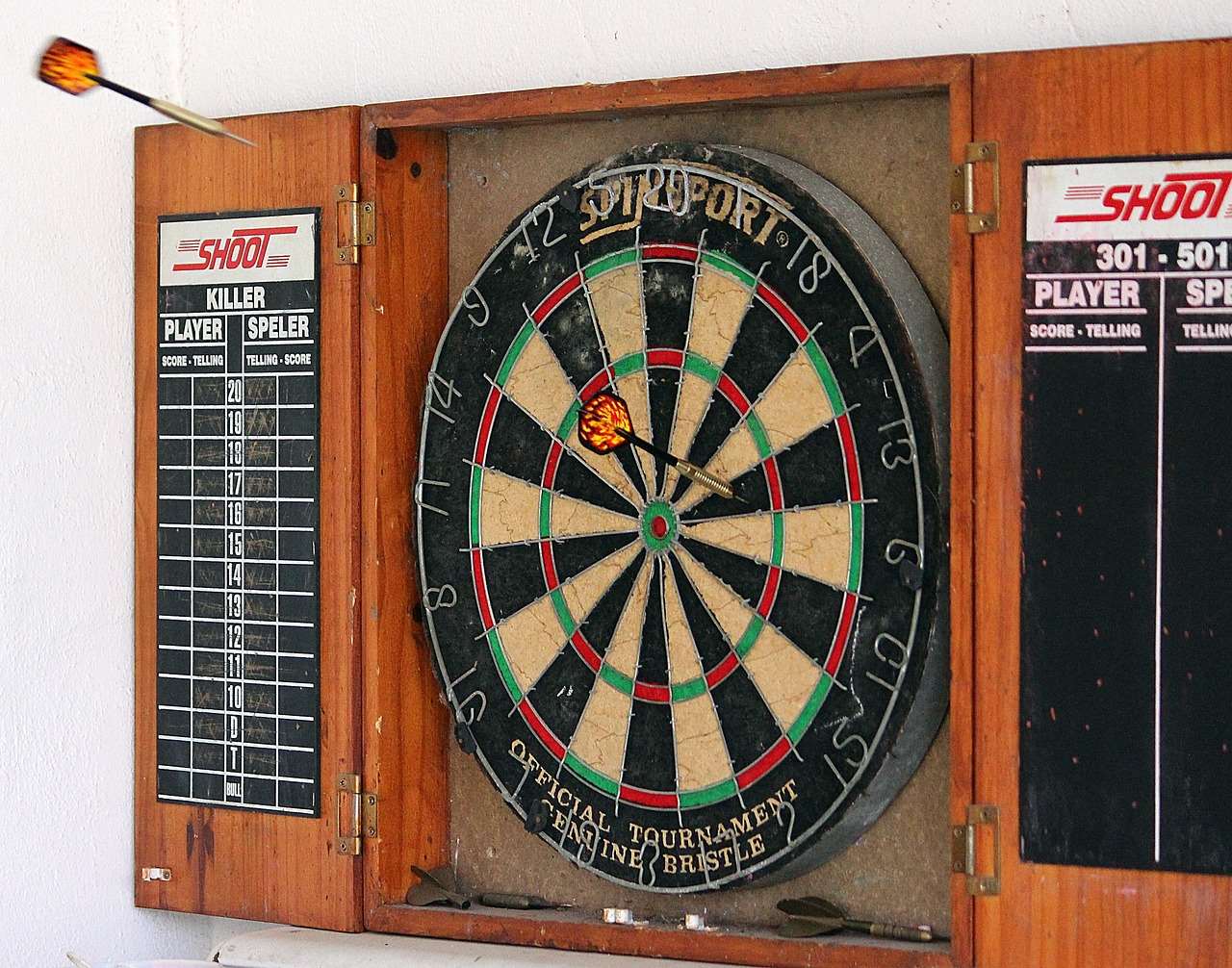
Exploring Different Darts Grip Styles
There are several common darts grip styles, each with its own advantages and disadvantages. Let’s examine some of the most popular ones:
- The Two-Finger Grip: This grip involves holding the dart primarily between your thumb and index finger. It offers a high degree of control and is often favored by players who prioritize accuracy.
- The Three-Finger Grip: Adding a middle finger to the equation can provide extra stability and power. This grip is a good option for players who feel they need a bit more force behind their throw.
- The Four-Finger Grip: While less common, some players find that using four fingers (thumb, index, middle, and ring finger) gives them maximum control. However, it can also increase the risk of tension and inconsistent releases.
- The Pencil Grip: Mimicking the way you hold a pencil, this grip is often adopted by beginners. It’s a relatively natural grip, but it can sometimes lack stability for more experienced players.
Remember to experiment with each style to see what feels most comfortable and natural for you. Pay attention to how the dart feels in your hand and how it flies when you release it.
The Importance of Finger Placement
Beyond the overall grip style, the specific placement of your fingers on the dart can also have a significant impact. Minor adjustments can lead to noticeable improvements in accuracy and consistency.
- Thumb Placement: The thumb typically rests on the side of the dart, providing support and control. Experiment with placing your thumb slightly forward or backward to see what feels best.
- Index Finger Placement: The index finger is usually positioned on top of the dart, guiding its flight path. Some players prefer to curl their index finger slightly, while others keep it straight.
- Middle Finger Placement: If using a three- or four-finger grip, the middle finger provides additional support and stability. Experiment with its position to find the optimal balance.
Finding the right finger placement is often a process of trial and error. Don’t be afraid to make small adjustments until you find what works best for your individual hand size and throwing style.
Finding the Right Grip Pressure
The amount of pressure you apply to the dart is another crucial aspect of the darts grip technique. Too much pressure can lead to tension and inconsistent releases, while too little pressure can result in a lack of control.
The ideal grip pressure is often described as “firm but relaxed.” You should be holding the dart securely enough to maintain control, but without squeezing it so tightly that your muscles tense up. Imagine holding a delicate bird – you want to hold it firmly enough so it doesn’t escape, but gently enough so you don’t crush it.
Experiment with different levels of grip pressure to find the sweet spot. Pay attention to how the dart feels in your hand and how it flies when you release it. If you find that you’re consistently throwing wide or low, it could be a sign that you’re gripping the dart too tightly. Try loosening your grip slightly and see if it makes a difference. Understanding darts game line can help you with your aim.
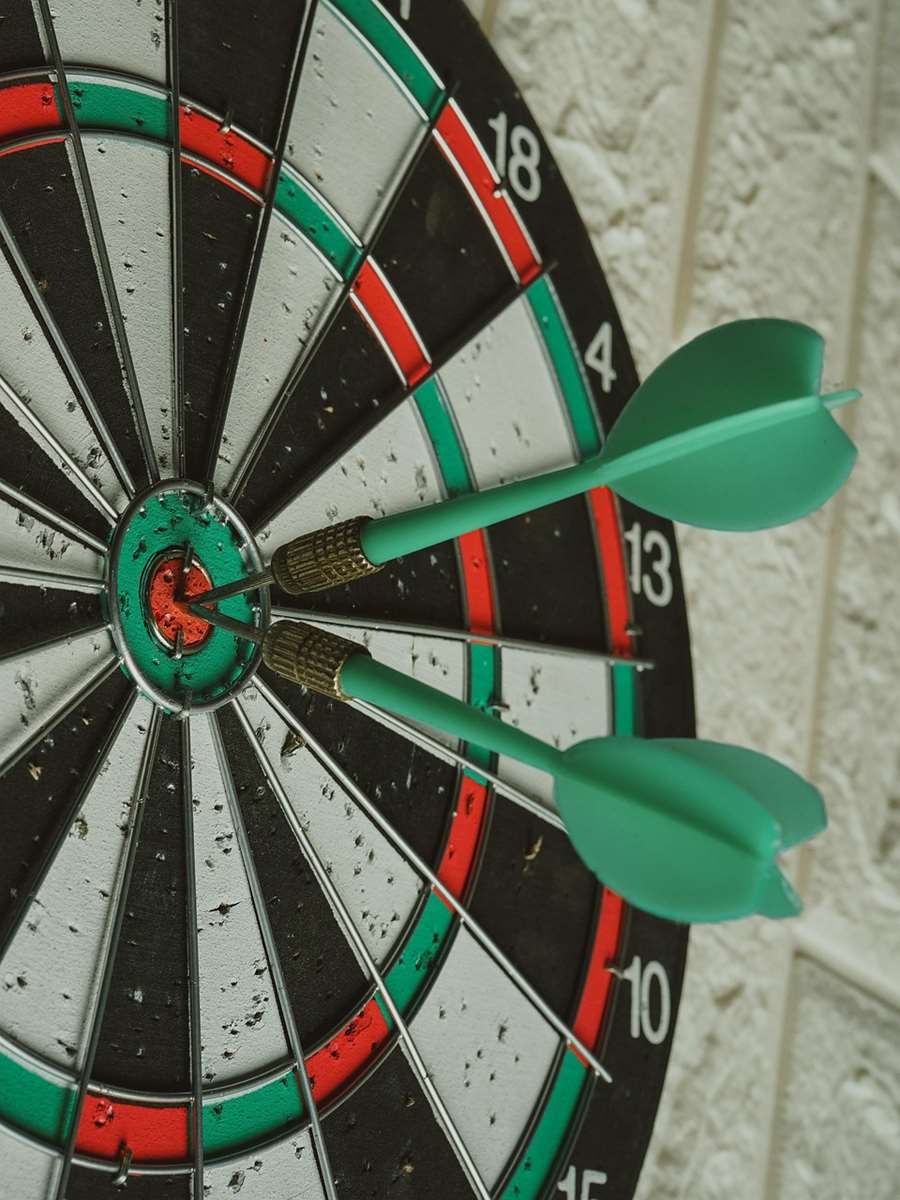
Common Mistakes in Darts Grip Technique
Many players, especially beginners, make common mistakes that hinder their progress. Recognizing and correcting these errors is crucial for improving your darts grip and overall throwing technique.
- Gripping the Dart Too Tightly: This is perhaps the most common mistake. As mentioned earlier, excessive grip pressure leads to tension and inconsistent releases.
- Gripping the Dart Too Loosely: Conversely, gripping the dart too loosely can result in a lack of control and erratic throws.
- Changing Your Grip Mid-Throw: This is a surefire way to sabotage your accuracy. Once you’ve established your grip, maintain it throughout the entire throwing motion.
- Holding the Dart Too Far Back: Gripping the dart too far back can make it difficult to control the release. Aim to grip the dart closer to its center of gravity.
- Overthinking Your Grip: While it’s important to be mindful of your grip, overthinking it can lead to paralysis by analysis. Trust your instincts and focus on feeling comfortable and natural.
Practice Drills to Improve Your Darts Grip
Like any skill, mastering the darts grip technique requires practice. Here are some drills you can use to improve your grip and develop consistency:
- The Grip Check: Before each throw, consciously check your grip to ensure that your fingers are in the correct position and that you’re applying the right amount of pressure.
- The Release Drill: Focus solely on the release, paying attention to how the dart feels as it leaves your hand. Try to maintain a smooth, consistent release with each throw.
- The Target Practice Drill: Aim for specific targets on the dartboard, focusing on maintaining a consistent grip throughout your throwing motion.
- Blind Throwing: With your eyes closed, feel your way to your grip, trusting muscle memory to find the right hand placement. This can help enforce consistency.
Remember to be patient and persistent. It takes time and effort to develop a consistent and effective darts grip technique. If you aren’t seeing the expected increase in your darts points ebay, don’t give up! Keep practicing, and eventually, you’ll find the grip that works best for you.
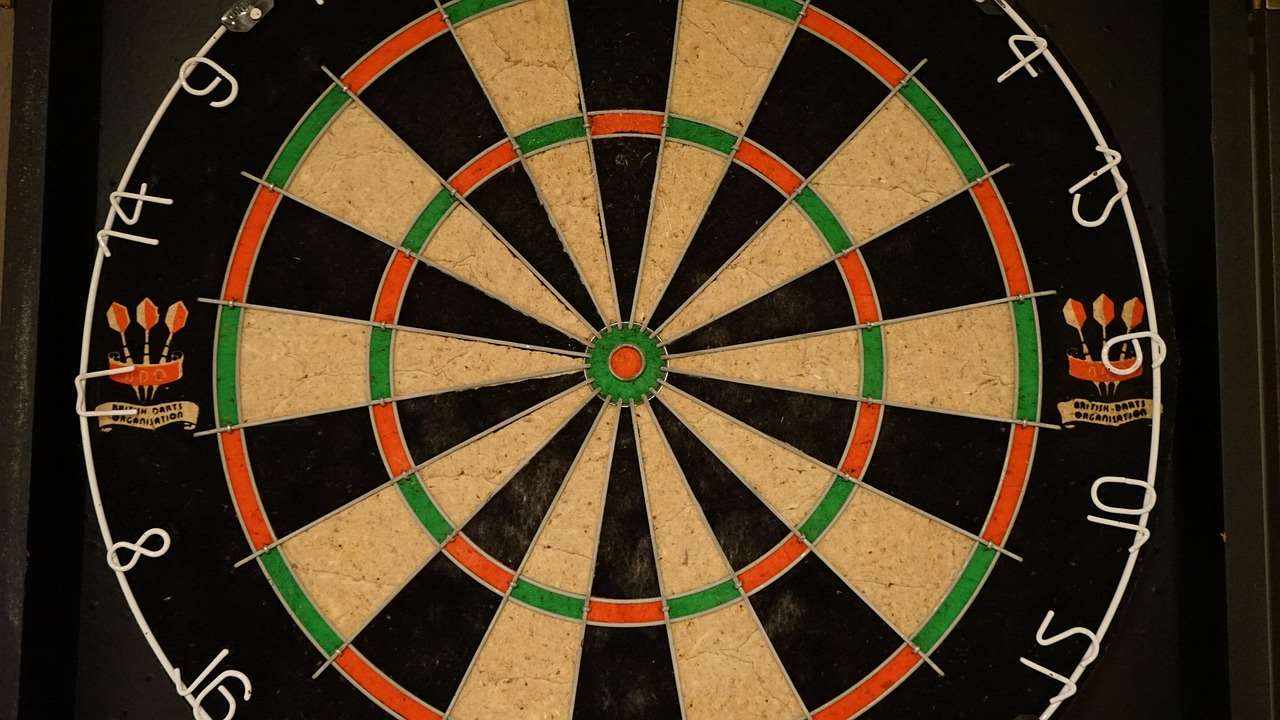
Experimenting with Different Dart Setups
While your darts grip technique is paramount, the physical setup of your darts can also influence your grip and performance. Consider experimenting with different stems, flights, and dart weights to find a combination that feels comfortable and suits your throwing style.
Shorter stems, for example, can shift the center of gravity forward, potentially requiring a slightly different grip. Similarly, larger flights can provide more stability, which might allow for a looser grip. Finding the optimal balance between your grip and your dart setup is key to maximizing your accuracy and consistency. You might find different results depending on which dartboard set with darts you are using.
It is equally important to ensure your darts grip style works well with your throwing action. It is also worth ensuring you have a good understanding of the how to change darts points process.
Advanced Grip Considerations
As you become more experienced, you may want to explore more advanced grip considerations. This could include subtle variations in finger pressure, grip positioning based on target location, or even developing multiple grips for different situations. For example, some players might use a slightly different grip when aiming for the bullseye versus aiming for a specific double.
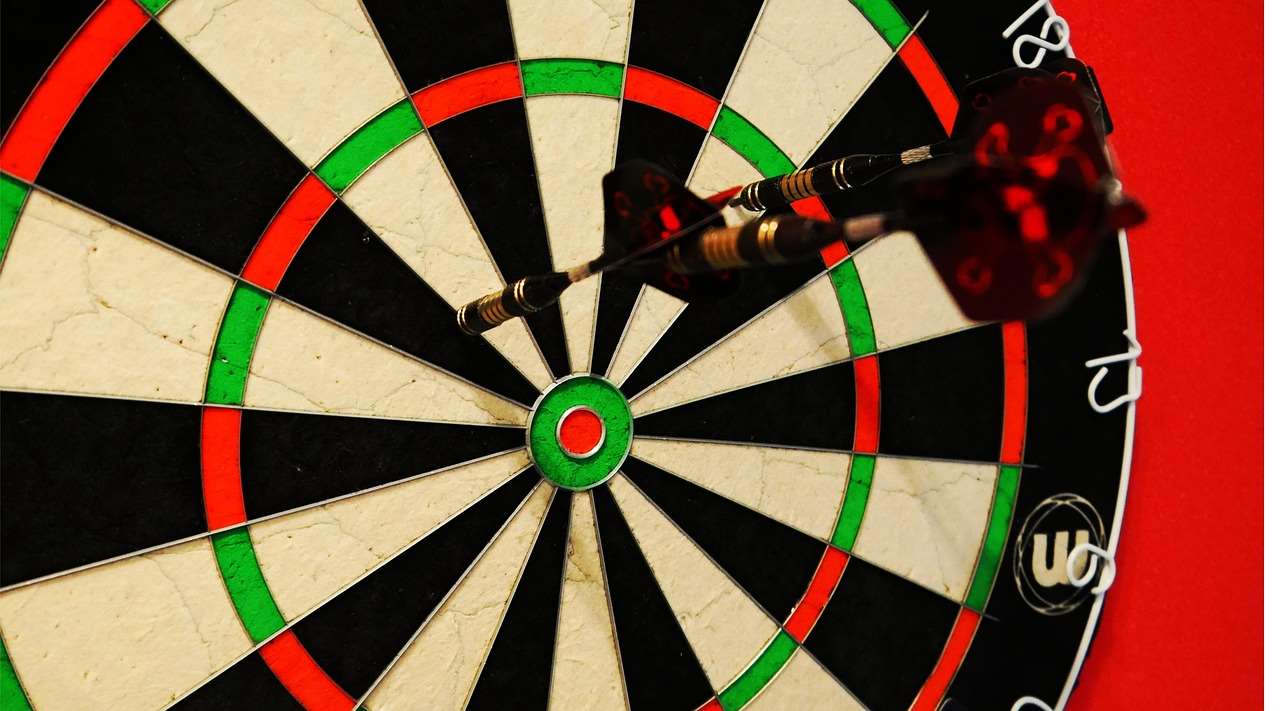
Maintaining Consistency Over Time
Once you’ve found a darts grip technique that works well for you, it’s crucial to maintain consistency over time. This means regularly practicing your grip, paying attention to any changes or inconsistencies that may creep in, and making adjustments as needed.
Muscle memory plays a significant role in dart throwing, so the more consistently you practice your grip, the more ingrained it will become. This will help you maintain accuracy and consistency even under pressure. Be sure to review what you know about dartboard quiz questions to enhance your knowledge of the game.
Conclusion
The darts grip technique is a foundational element of successful dart throwing. By understanding different grip styles, finding the right finger placement and grip pressure, avoiding common mistakes, and practicing regularly, you can significantly improve your accuracy and consistency. Remember that the ideal grip is a personal preference, so experiment and find what feels most comfortable and natural for you. Don’t be afraid to make small adjustments along the way as you continue to develop your throwing style. Now, grab your darts and start practicing your new grip! Consider documenting your progress to see how you improve over time.
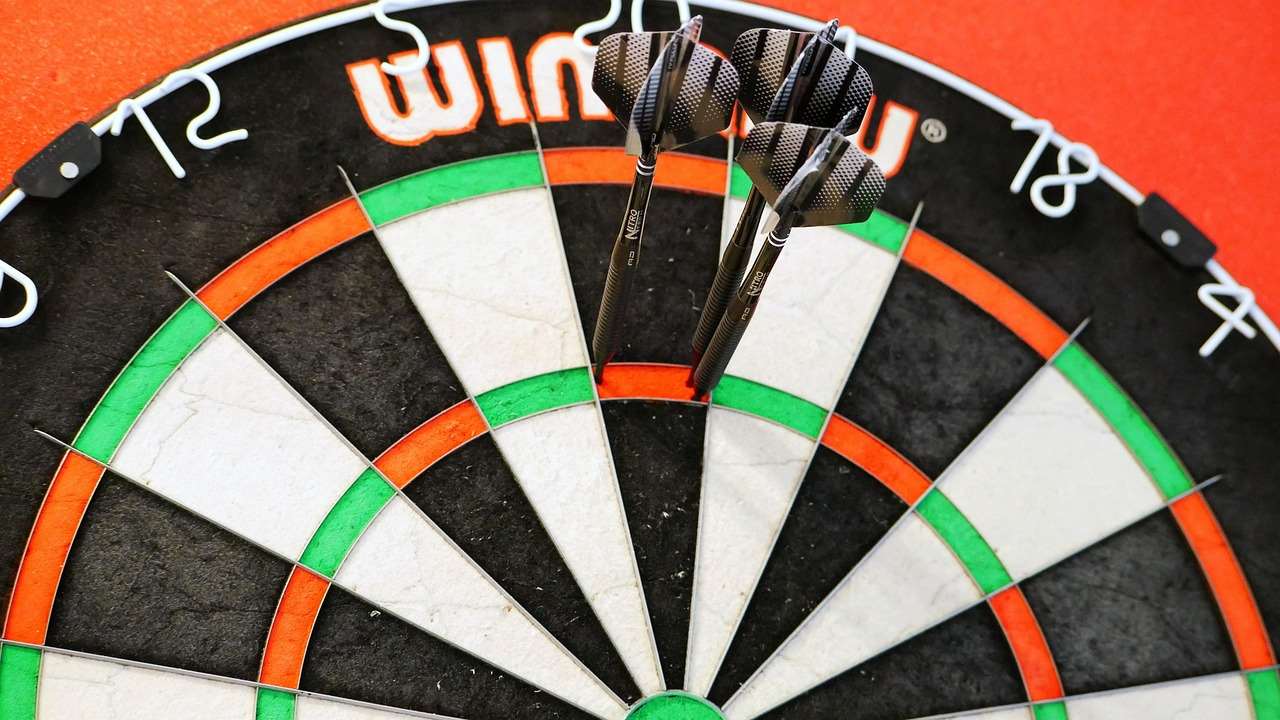
Hi, I’m Dieter, and I created Dartcounter (Dartcounterapp.com). My motivation wasn’t being a darts expert – quite the opposite! When I first started playing, I loved the game but found keeping accurate scores and tracking stats difficult and distracting.
I figured I couldn’t be the only one struggling with this. So, I decided to build a solution: an easy-to-use application that everyone, no matter their experience level, could use to manage scoring effortlessly.
My goal for Dartcounter was simple: let the app handle the numbers – the scoring, the averages, the stats, even checkout suggestions – so players could focus purely on their throw and enjoying the game. It began as a way to solve my own beginner’s problem, and I’m thrilled it has grown into a helpful tool for the wider darts community.